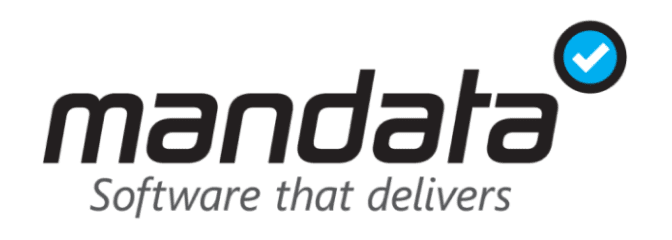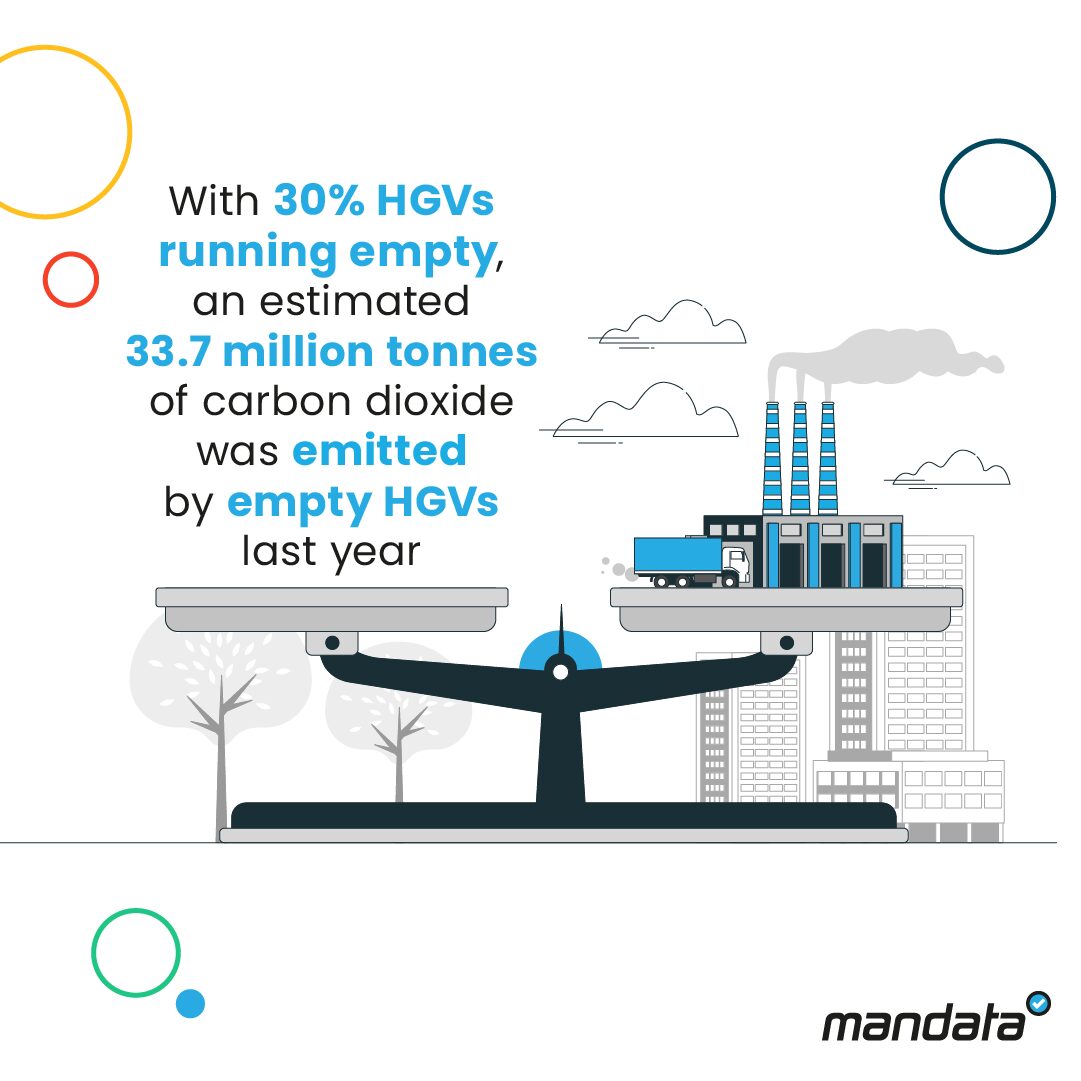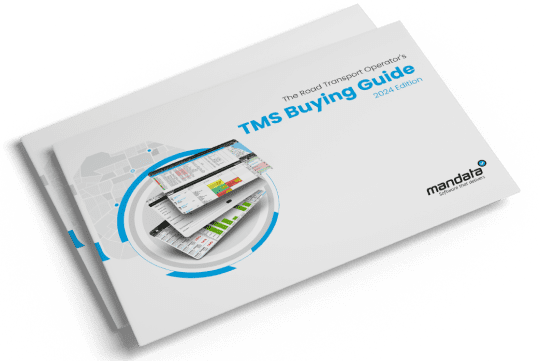Technology that helps drive sustainability in transport
According to the latest government reports, the transport and logistics sector accounts for, 26% of the UK’s CO2 emissions. For an industry that plays such a critical role in the economy, haulage operators must start making proactive changes to processes to demonstrate their commitment to decarbonisation.
The decarbonisation targets for transport
Following the increasing rate of emissions across the globe, many nations have set targets in place to try and reduce emission levels with the UK government planning to reach NetZero by 2050.
To reach such ambitious targets, in 2035 the UK government plans on introducing a ban on sales of all new diesel and petrol vehicles, pushing consumers and the transport industry towards more eco-friendly fuelled vehicles.
It is estimated that 80% of new cars and 70% of new vans sold in Great Britain will now be zero emission by 2030, increasing to 100% by 2035.
Making the change to zero-emission vehicles (ZEVs), or electric heavy goods vehicles seems like an obvious choice when looking for a solution to decarbonisation. More options are becoming available on the market as fossil-fuel alternative vehicles, including electric (EV), hybrids, hydrogen-powered (HVS) and biofuel-powered (HVO), with some options better suited to others.
However, adopting EVs to migrate a business’s fleet to a fully electric operation would take significant investment. Operators must also evaluate whether the current EV infrastructure could support their operation.
Invest in the right transport management technology
For companies facing financial constraints or uncertainty about the EV transition, investing in Transport Management Software (TMS) emerges as a practical interim solution. Here are several ways a TMS can drive better sustainability and efficiency in the logistics sector:
Efficient route planning
Giving planners all the right information that they need to make informed decisions at the planning stage can reduce risk, costs, and maximise mile per gallon. Planners can visualise and validate efficient plans with map-based route planning software, helping them deliver goods.
Maximise load capacity
By making the most efficient use of truck space, operators can fit in multiple loads and, therefore, reduce the number of trips they need to make. A Mandata TMS gives users the visibility of the available capacity in each truck, meaning fewer trips, less emissions, as well as cost savings.
Reduce empty running where possible
Statistics reported by the Department for Transport estimated that around 30% of HGVs travel in the UK empty. Empty running is not only attributed to costly and valueless miles travelled for the haulier through further fuel costs, but it also has a detrimental effect on the vehicles themselves causing further costs to wear and tear, resulting from avoidable journeys.
Fleet maintenance and quality checks
Integrated Fleet Management Software provides a comprehensive log of MOT and service history, whilst helping to schedule in future checks. Utilising this software correctly, helps operators maintain their vehicles appropriately, and in doing so can help them to adhere with regulatory emission targets and industry standards, minimising emissions and potential legal repercussions.
Using driver and vehicle telematics
Haulage operators can view, report and communicate poor driving habits thanks to the integrated driver and vehicle telematics data. This can include harsh braking, idling, and harsh acceleration, all of which contribute to increased emissions.
Using a TMS gives operators the chance to reduce their environmental impact and run operations more efficiently. Utilising the right TMS could contribute towards their sustainability goals, further solidifying their positive steps towards Net Zero, and a step that they can take now.


